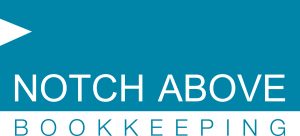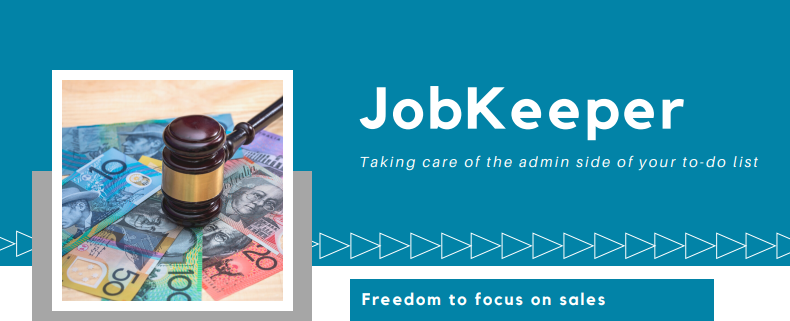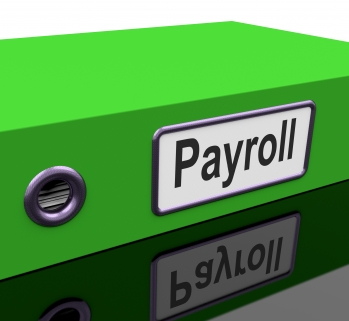Superannuation guarantee amnesty
Superannuation guarantee amnesty bill passed by Parliament
The superannuation guarantee amnesty bill passed Parliament on 24 February and has now received Royal Assent and is law.
This law change provides a number of incentives for employers to pay any unpaid historical superannuation guarantee (SG) amounts relating to the period 1 July 1992 to 31 March 2018.
Superannuation guarantee amnesty benefits
Provided superannuation guarantee charge (SGC) relating to the period above is paid during the amnesty period of 24 May 2018 until 6 months after the date of Royal Assent (6 September 2020), eligible employers will receive the following benefits:
1. The SGC will be deductible
The SGC, which is usually non-deductible, is comprised of the following amounts:
- the total SG shortfall – that is, the total of the SG shortfalls for each affected employee;
- interest on SG shortfalls – currently 10% per annum on each individual SG shortfall; and
- an administration fee – usually $20 per employee, per quarter (but note point 2 below).
2. The administration fee component of the SGC will be waived.
3. No penalties will be applied for failing to lodge an SGC statement.
In usual circumstances, this penalty can be up to 200% of the SGC amount. A further incentive is that if any SG shortfall relating to the period between 1 July 1992 and 31 March 2018 is not disclosed during the amnesty period (24 May 2018 until 6 months after the date of Royal Assent) and this is subsequently uncovered by the Australian Taxation Office, a minimum penalty of 100% of the SGC will apply.


 2020 Notch Above Bookkeeping
2020 Notch Above Bookkeeping



